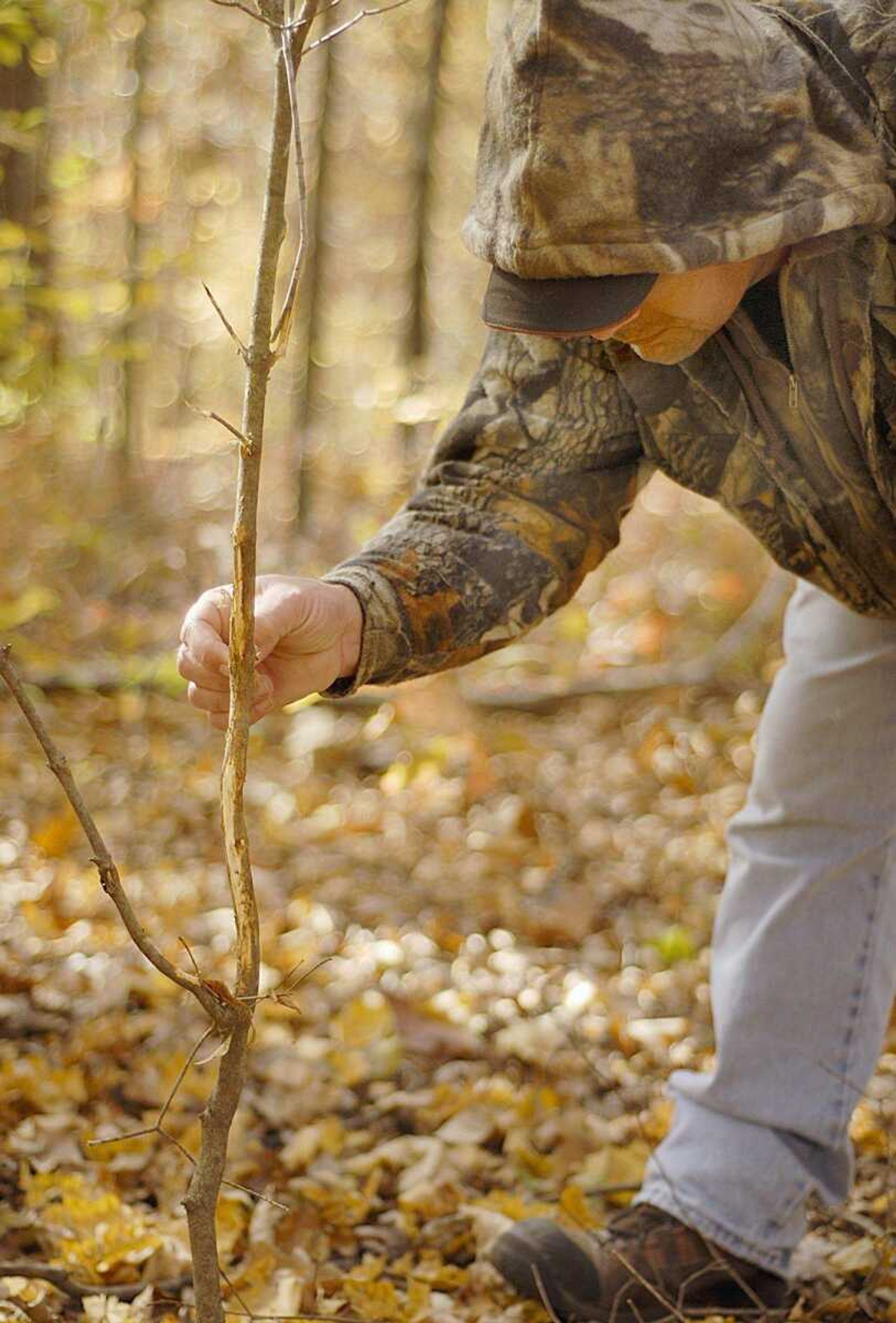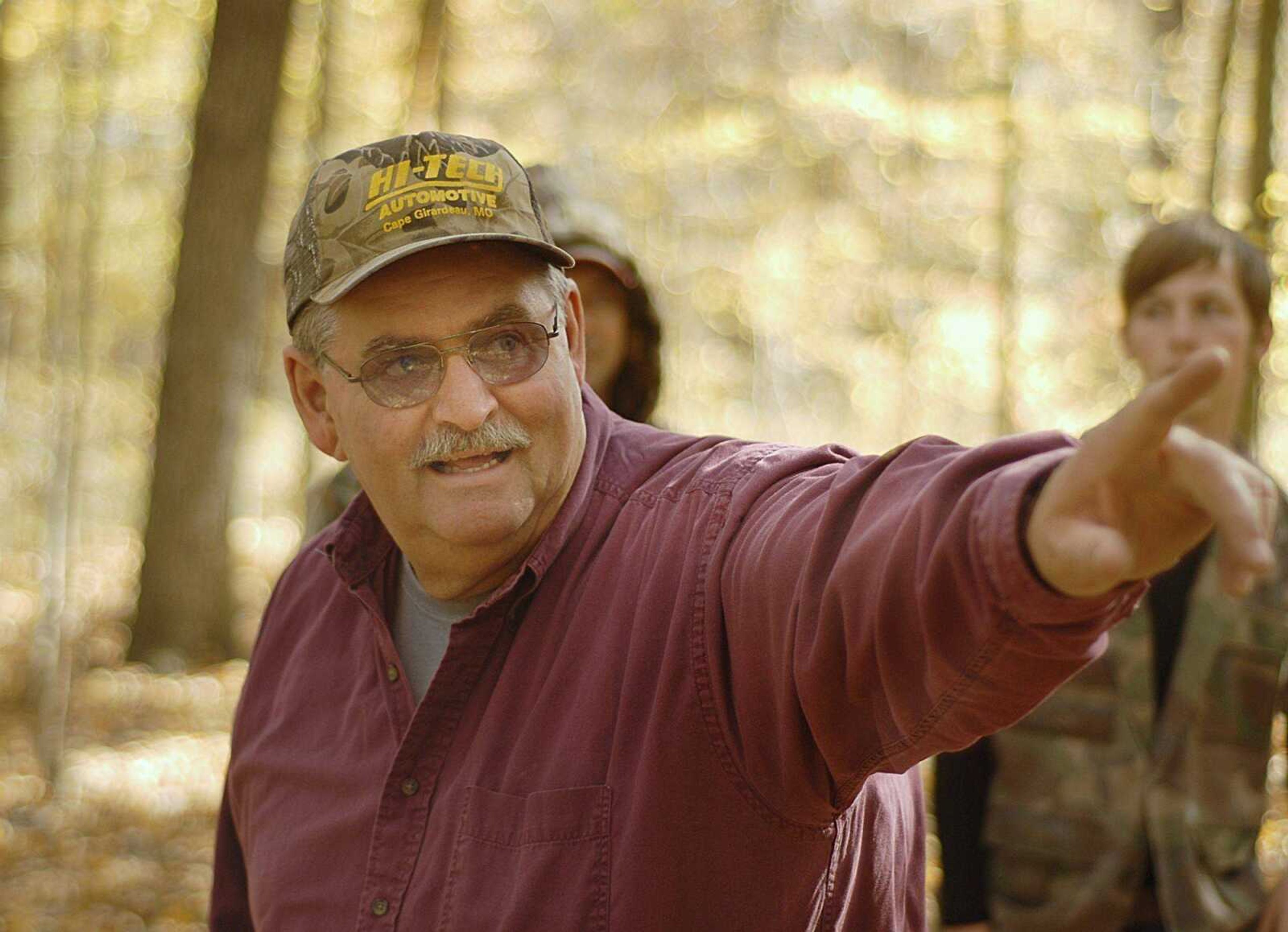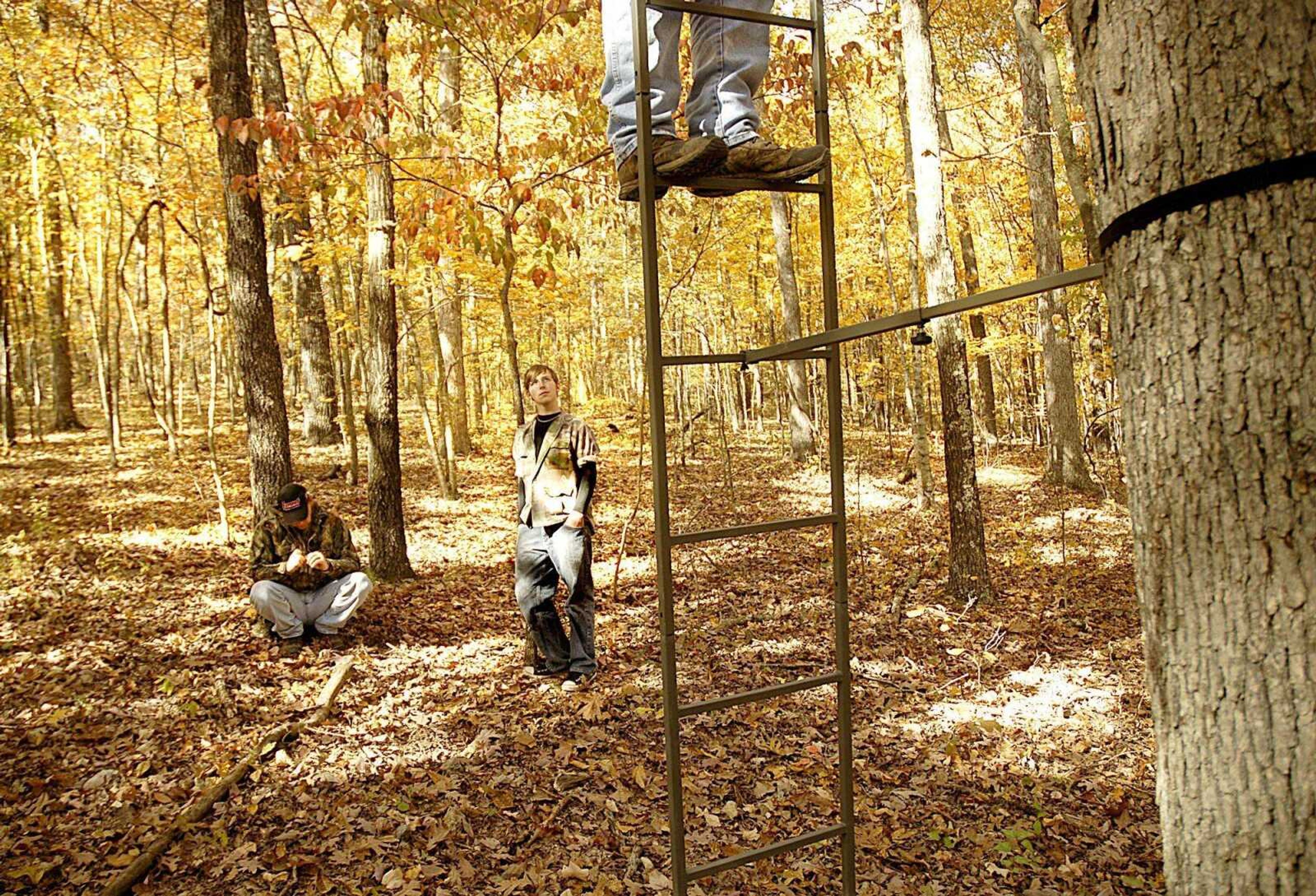Deer hunters may have good season this year thanks to weather conditions
The chances of bagging a deer this firearms season are pretty good thanks to the weather, good and bad, according to the Missouri Department of Conservation. Firearms season starts today, and the deer are already moving, according to experts and hunters in the area...
The chances of bagging a deer this firearms season are pretty good thanks to the weather, good and bad, according to the Missouri Department of Conservation.
Firearms season starts today, and the deer are already moving, according to experts and hunters in the area.
The late freeze last spring damaged the acorn crop from the white oak group, forcing the deer to search for food. The white oak acorns are a favorite among the deer population.
"Those are the tastiest," said A.J. Hendershott, regional supervisor at the Missouri Department of Conservation. "Those are the ones they prefer right off the bat."
He said white oaks produce acorns on a yearly cycle, so the freeze, which hit at the pollination stage, probably had an adverse effect, and the deer will be looking for other sources of food.

"I have not seen a single white oak group acorn," Hendershott said.
Trees in the red oak group -- like black oaks, cherry bark oaks or pin oak trees -- produce acorns on a two-year cycle, so this year's crop was unaffected.
"With the cooler weather, the deer are starting to follow the doe more," said Loyd L. Ervin, a hunter and a member of both the North American Deer Farmer Association and the Missouri Whitetail Breeders and Hunting Ranch Association.
With today's temperatures projected to be in the lower 60s and tonight in the upper 40s, some hunters are skeptical.
"This is probably a little too warm," said Shawn Alberson, a Jackson resident who plans on hunting near Columbia this weekend.

His hunting partner has private land in that area and Alberson said their odds are better.
"There's definitely deer down here, and there's pretty good public land to hunt on," he said. "But your odds in an area like that are better."
Even without cold weather, Hendershott said, the hunt for food and water will move the deer and the late-summer drought will have them looking more.
"A summer drought is always hard on any animal," he said.
Finding water is a main concern for deer, but the animals gathering at water holes are a concern for conservationists. Watering sources are breeding grounds for flies that may spread disease.
The Department of Conservation has received reports that bluetongue disease has been seen in south-central Missouri this year.
The disease causes odd or uncharacteristic behavior in deer, such as not fearing humans. It is similar to chronic wasting disease.
CWD is a degenerate disease that affects the brain. There is no link to human health, according to the department. CWD causes extreme thirst, causing the deer to congregate at water sources.
"It's concerning because we aren't really sure how that's transferred," Hendershott said. "Anytime you have a disease that has the potential of impacting the herd, we pay attention to it."
The department has not found any cases of CWD in Missouri.
charris@semissourian.com
335-6611, extension 246
Connect with the Southeast Missourian Newsroom:
For corrections to this story or other insights for the editor, click here. To submit a letter to the editor, click here. To learn about the Southeast Missourian’s AI Policy, click here.











